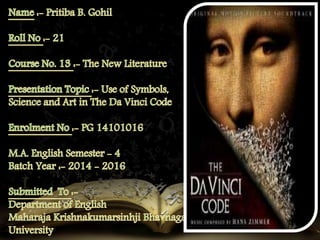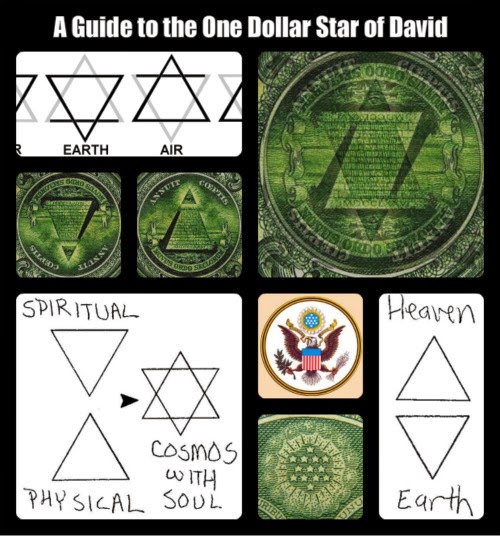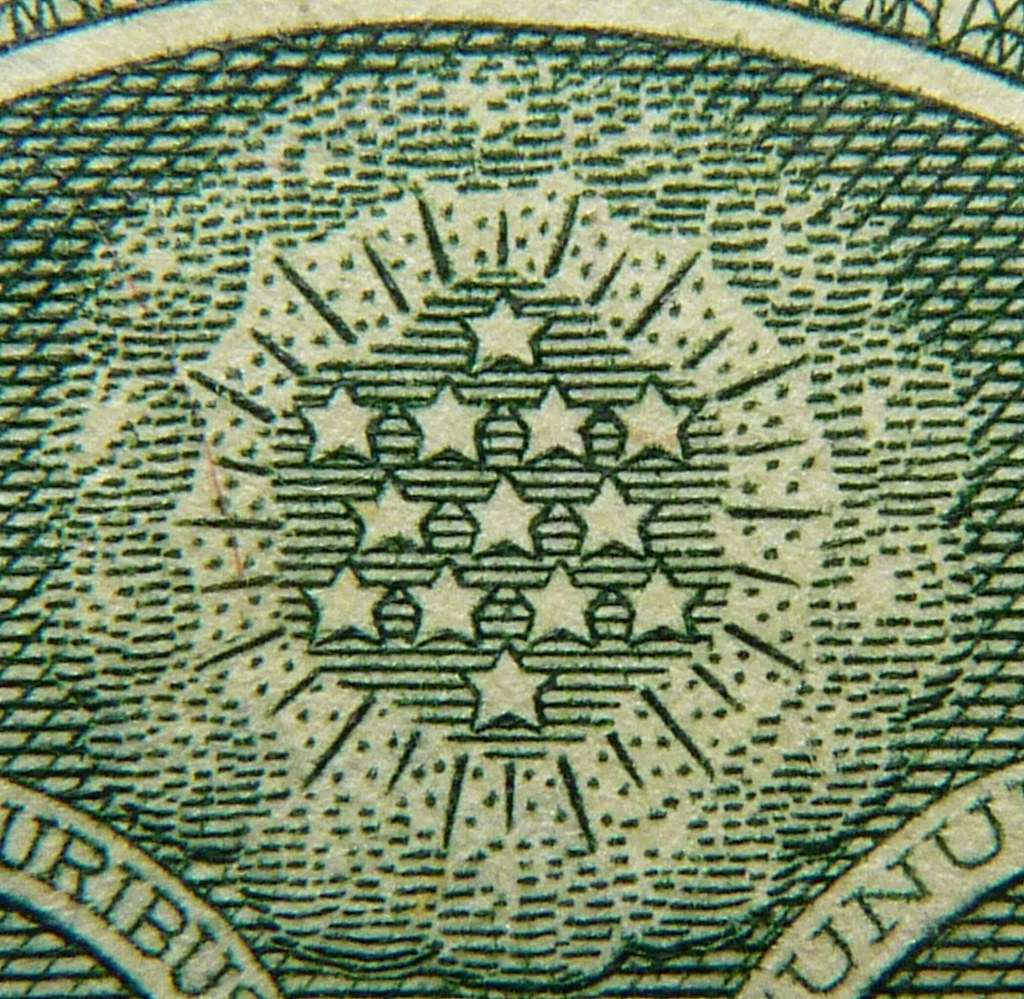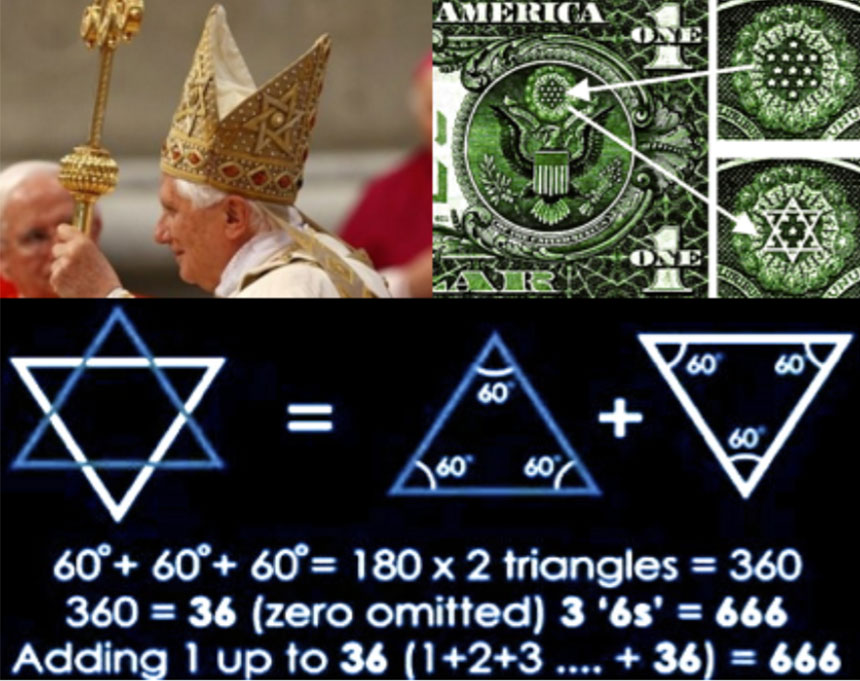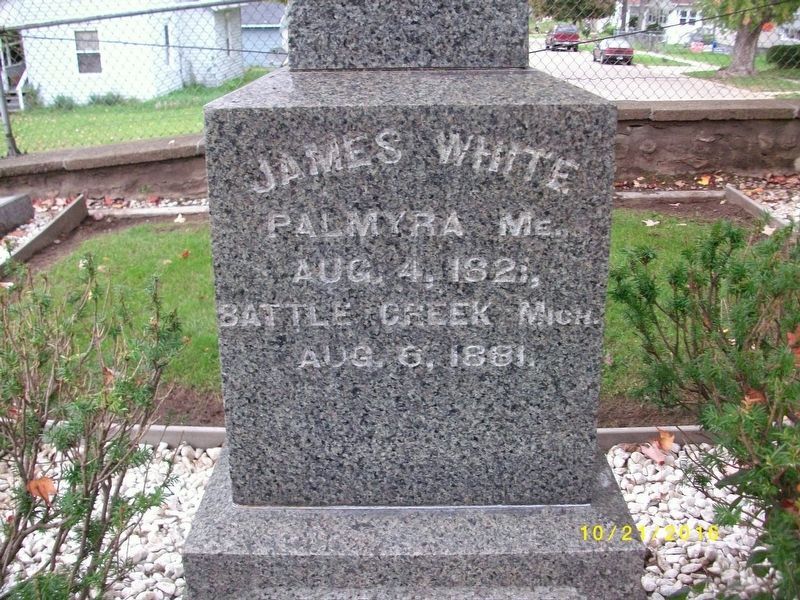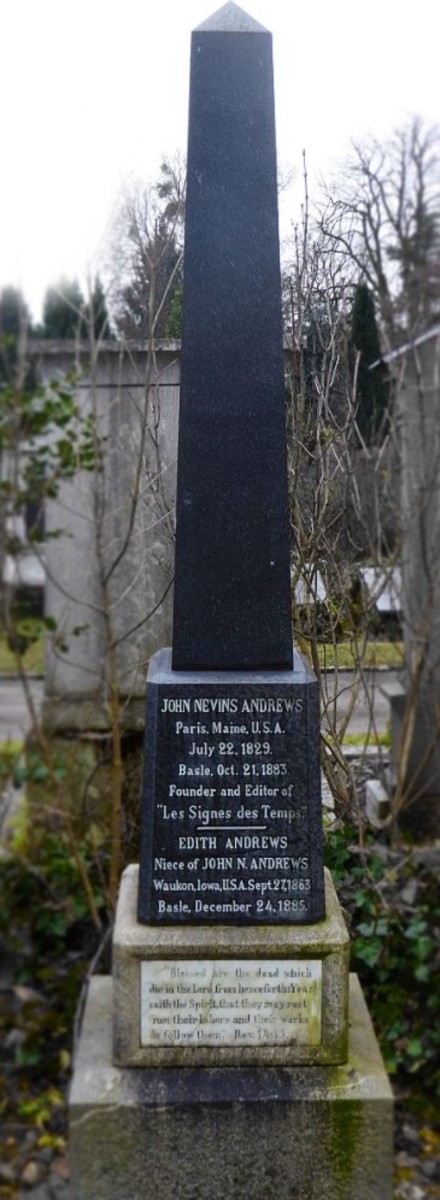|
|
General: ELENA GOULD WHITE ES CASI MAGDALENA (TODO ES MASONERIA)
إختار ملف آخر للرسائل |
|
جواب |
رسائل 1 من 42 في الفقرة |
|
|
|
|
|
جواب |
رسائل 28 من 42 في الفقرة |
|
|
|
|
جواب |
رسائل 29 من 42 في الفقرة |
|
|
|
|
جواب |
رسائل 30 من 42 في الفقرة |
|
|
|
|
جواب |
رسائل 31 من 42 في الفقرة |
|
|
|
|
جواب |
رسائل 32 من 42 في الفقرة |
|
El año 1 de este calendario es la Hégira, cuando Mahoma huyó de La Meca a medina, el 16 de julio de 622, según el calendario gregoriano. En cuanto al judaísmo, la historia oficial le atribuye la versión final de este calendario al sabio Hilel II, en el año 359 de la era cristiana.
|
|
|
|
جواب |
رسائل 33 من 42 في الفقرة |
|
|
|
|
جواب |
رسائل 34 من 42 في الفقرة |
|
|
|
|
جواب |
رسائل 35 من 42 في الفقرة |
|
|
|
|
جواب |
رسائل 36 من 42 في الفقرة |
|
 Primer Primer  Anterior 2 a 2 de 2 Siguiente Anterior 2 a 2 de 2 Siguiente  Último Último  |
|
|
|
|
جواب |
رسائل 37 من 42 في الفقرة |
|
|
|
|
جواب |
رسائل 38 من 42 في الفقرة |
|
 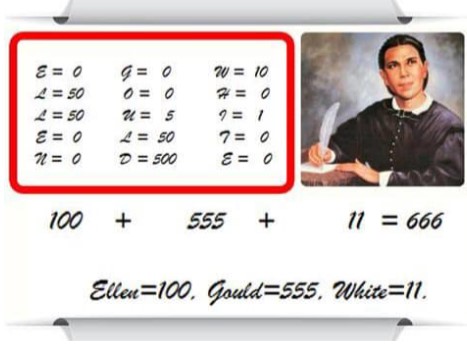 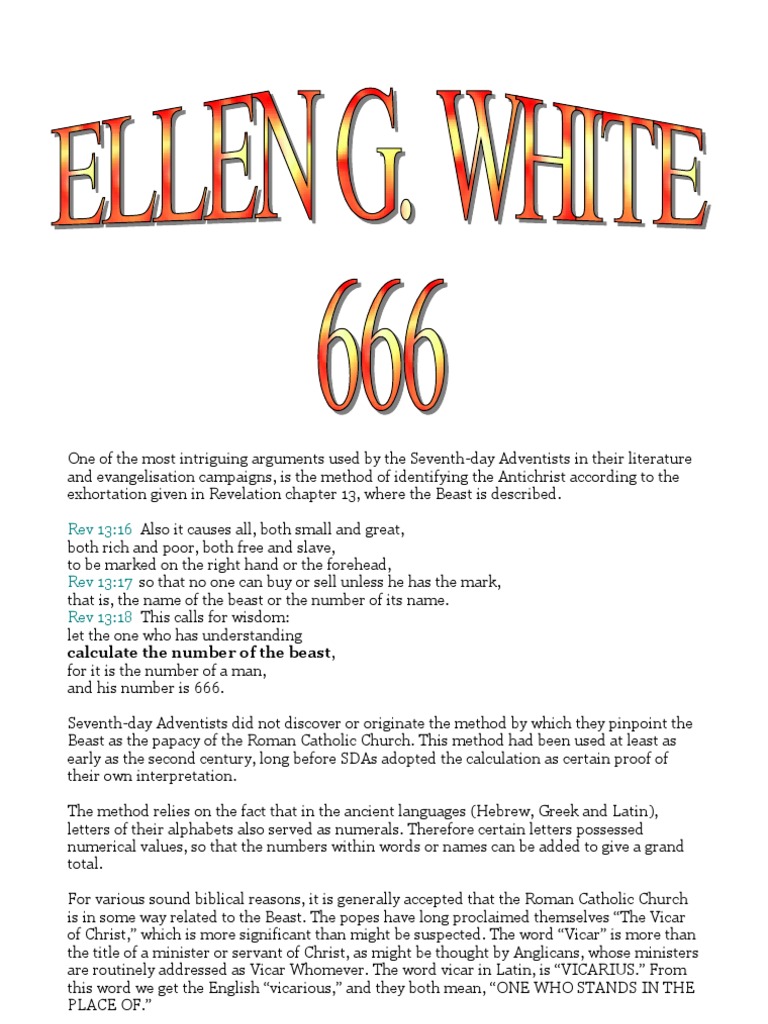    

Did You Know About the Relics of the Three Wise Men?
When I was in college, I journeyed to Cologne, Germany and visited the city’s glorious cathedral. I was a Protestant at the time, but I remember being amazed that people had been building this cathedral for so many centuries. It is one of the greatest Gothic churches of all time.
 St Peter and St Mary Cathedral in Cologne, Germany St Peter and St Mary Cathedral in Cologne, Germany
A tour guide informed me that the bodies of the three Wise Men were enshrined inside. I wasn’t much impressed by the remains of dead people, but this was something that perked my interest – the earthly remains of “we three kings of orient are.” It was perhaps my first investigation into one of those things that Protestants find icky: relics.
According to legend, the bodies of Gaspar, Balthasar, and Melchior (the traditional names of the Wise Men) were discovered by Saint Helena during her pilgrimage to the Holy Land. The fourteenth century account by John of Hildesheim entitled History of the Three Kings explains how Queen Saint Helen brought the mummies of the Magi to Constantinople.
After she had found the bodies of Melchior, Balthazar, and Gaspar, Queen Helen put them into one chest and ornamented it with great riches, and she brought them into Constantinople.
Later, the three mummies were transferred from Constantinople to Milan. The city of Milan was once known for its festive observance of the feast of Epiphany, and the presence of the three Wise Men’s relics in that city may be the context and origin for this ancient custom. The Holy Roman Emperor Frederick moved the mummified Magi one last time to Cologne in AD 1164 where they rest till this day. If you get to Germany, be sure to check it out.
 Photo of the golden casket of the three Wise Men
Are the bones of three Wise Men really in Germany? God only knows…but I like to think so. And remember: Wise Men still seek Jesus.
You may also like:
https://taylormarshall.com/2010/01/did-you-know-about-relics-of-three-wise.html
|
|
|
|
جواب |
رسائل 39 من 42 في الفقرة |
|
|
      

Did You Know About the Relics of the Three Wise Men?
When I was in college, I journeyed to Cologne, Germany and visited the city’s glorious cathedral. I was a Protestant at the time, but I remember being amazed that people had been building this cathedral for so many centuries. It is one of the greatest Gothic churches of all time.
 St Peter and St Mary Cathedral in Cologne, Germany St Peter and St Mary Cathedral in Cologne, Germany
A tour guide informed me that the bodies of the three Wise Men were enshrined inside. I wasn’t much impressed by the remains of dead people, but this was something that perked my interest – the earthly remains of “we three kings of orient are.” It was perhaps my first investigation into one of those things that Protestants find icky: relics.
According to legend, the bodies of Gaspar, Balthasar, and Melchior (the traditional names of the Wise Men) were discovered by Saint Helena during her pilgrimage to the Holy Land. The fourteenth century account by John of Hildesheim entitled History of the Three Kings explains how Queen Saint Helen brought the mummies of the Magi to Constantinople.
After she had found the bodies of Melchior, Balthazar, and Gaspar, Queen Helen put them into one chest and ornamented it with great riches, and she brought them into Constantinople.
Later, the three mummies were transferred from Constantinople to Milan. The city of Milan was once known for its festive observance of the feast of Epiphany, and the presence of the three Wise Men’s relics in that city may be the context and origin for this ancient custom. The Holy Roman Emperor Frederick moved the mummified Magi one last time to Cologne in AD 1164 where they rest till this day. If you get to Germany, be sure to check it out.
 Photo of the golden casket of the three Wise Men
Are the bones of three Wise Men really in Germany? God only knows…but I like to think so. And remember: Wise Men still seek Jesus.
You may also like:
https://taylormarshall.com/2010/01/did-you-know-about-relics-of-three-wise.html
|
|
|
|
جواب |
رسائل 40 من 42 في الفقرة |
|
Episode 134
n 1854 a slab of marble donated by Pope Pius IX arrived in Washington, D.C. He had it engraved “A Roma Americae,” or “From Rome to America,” as a sign of goodwill. He had sent it over to be included in the Washington Monument, which was then under construction. Many foreign governments had sent similar contributions to honor America’s first president. The Know Nothings, however, had no intention of allowing a gift from the Pope to be included in the Washington Monument. They were certain the stone was a sign of darker intentions by the Pope. So on March 9, 1854, under cover of darkness, a group of these anti-Catholics broke into the yard, stole the stone, and after damaging it with hammers they dropped it in the Potomac River. No one was ever credibly accused of the crime, despite reward offers and a public outcry. Many years later, however, after a tip, the stone was discovered… only to disappear again. But today, there is a stone from the Pope in the Washington Monument, this one was provided by Pope John Paul II in 1982.
Episodes Referenced
Books
https://americancatholichistory.org/the-popes-stone-and-the-washington-monument/ |
|
|
|
جواب |
رسائل 41 من 42 في الفقرة |
|
|
|
|
جواب |
رسائل 42 من 42 في الفقرة |
|
Being the brightest star in the night sky, Sirius certainly qualifies as a "great star". It "burns" in the sense that the name "Sirius" means "scorcher" plus the phrase "Dog Days of summer" derives from Sirius's nickname "Dog Star". Even the "seven days" (sept jours) part relates to Sirius in that ancient Egyptians called the star Spd, Spdt, or Sept, resonating with the French sept meaning "seven. ("Seven days" can also allude to the 7-day festival Saturnalia, Dec 17-23.)
Saturnalia (Dec 17-23) was another important window we were watching very closely... (Saturnalia starts on Pope Francis's birthday, by the way.) My tweet from Nov 24:
|
|
|
 أول أول
 سابق
28 a 42 de 42
لاحق سابق
28 a 42 de 42
لاحق
 آخر
آخر

|
|
| |
|
|
©2025 - Gabitos - كل الحقوق محفوظة | |
|
|











